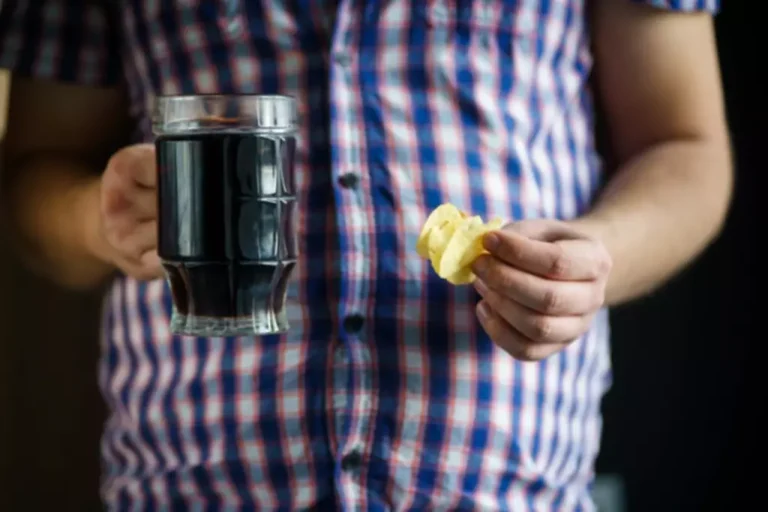
Depending on the city, neighborhood and services offered, rent can range from $300 to $2,000 per month. Some sober homes do not require residents to pay utility bills, but utilities may be rationed to avoid waste. Some sober living homes have exercise equipment, fitness areas, recreational space, pools and cookout areas. The homes may also be near an outpatient treatment center or on the campus of residential rehab facility. Numerous studies have shown that most people who live in sober homes after attending treatment have low rates of relapse and are able to live productive lives. Sober living homes are realistic, cost-effective living environmentsr for people in recovery.
How Does The Residents Benefit From Structured Accountability?
Remember, your journey and comfort should be the guiding factor in determining the length of your stay. These relationships often develop into lifelong bonds of friendship and support, vital for maintaining sobriety in the long run. NCBI research consistently shows higher sobriety rates among those who choose sober living homes, especially for longer stays. By choosing to pursue a challenging transitional phase of recovery at a sober living home, you may minimize the likelihood of relapse derailing your recovery before it gets traction. Addiction is a chronic and relapsing brain disorder with relapse rates of between 40% and 60% similar to the relapse rates of other chronic health conditions.
Sober Living Houses and 12-Step Programs

Many sober living homes in Los Angeles offer some or all of these services and require residents to follow an intensive schedule geared toward recovery. Upon entering a Sober Living Home, you’ll first notice the structured environment, which maintains a supportive and substance-free ambiance. These homes enforce specific rules like curfews, mandatory house meetings, and routine drug tests. Not adhering to these rules can lead to consequences, with severe breaches potentially resulting in eviction. If you are ready to take back control of your life and enter addiction treatment, contact a treatment provider today to explore your rehab options. You can also explore our rehab directory to find treatment options, including sober living homes, near you.
- They help foster personal growth, recovery, and the development of essential life skills.
- Sober living homes are more than just a place to stay; they’re communities committed to supporting individuals in their pursuit of a substance-free life.
- Remember, the road to recovery is paved with challenges, but in a sober living home, you’re never walking it alone.
- You’ll learn financial responsibility by paying rent, time management by following the house schedule, and self-care practices crucial for maintaining sobriety.
- You should also ask about the program’s cost and any financial assistance that may be available.
- While there are similarities between these two types of community, there are also important differences to consider.
- As someone who is personally journeying through recovery, Ben’s work is not only rooted in professional knowledge but also enriched by his own experiences.
How Long Do You Need to Stay in a Sober Living House?

Inpatient residential treatment programs typically provide a structured and intensive treatment environment where clients live full-time, receiving constant medical care and therapy. This model is highly beneficial for individuals requiring a stable environment free from external triggers, thus significantly aiding in the initial stages of recovery. Completing a treatment program provides individuals with the tools and coping strategies necessary to maintain sobriety and make progress in their recovery.
Those Seeking a Structured and Supportive Environment
People in recovery receive peer support and accountability in a level-one sober living home. Residents may choose to engage in community support groups, counseling, and anything else to help them stay sober. Embracing what is a sober house these benefits, you’ll find that sober living homes offer much more than just a place to stay. They furnish you with the tools, support, and structure needed to build a solid foundation for your recovery journey.

How Effective Are Sober Living Homes?
- They may choose to live with other sober roommates, or they may return to their family.
- Embarking on the journey to sobriety isn’t a solo trek; it’s a path best navigated with support and structure.
- Unlike a typical residential home, these settings are tailored to meet the unique needs of individuals recovering from addiction.
While at an SLH, residents may be able to resume other aspects of their lives before recovery, such as work or family obligations. Consider asking folks at a recovery meeting or touching base with any sober friends you may have. If you recently completed a treatment program, contact the staff there for referrals to local sober living homes. While sober living houses have research touting their efficacy, it is also important to remember that they are still environments where you are living with others and the focus is on staying sober. Consider your recovery stage, support needs, and willingness to follow house rules. Stay duration varies; some may need a longer stay to solidify recovery, while others may transition sooner.
Drug Testing
These may include cleaning common areas, maintaining personal spaces, and contributing to the overall cleanliness and orderliness of the home. While you may want to live on your own https://ecosoberhouse.com/ right away, you might not be ready to manage total freedom at first. Sober living offers a balance between living in the real world and receiving some structure and monitoring.
Although some houses have slightly different rules most have this basic set. While living in a sober home, you will have access to various resources and support. These may include counseling services, support groups, and educational programs. Additionally, you can build meaningful relationships with other residents committed to sobriety and recovery. As you progress through the program, you will be expected to take on more responsibilities and work towards your goals and aspirations.
What Are The Rules For Sober Living Homes (SLH’s)?
Embarking on the journey to sobriety is a significant step in anyone’s life, especially if you’re navigating the complexities of addiction recovery. Sober living plays a pivotal role in this process, offering a structured yet flexible environment where you can forge a path toward a substance-free life. Understanding its importance could be the key to not just achieving sobriety but maintaining it in the long run.
- An American Journal of Public Health study compared individuals who lived in a sober living home to those who only received outpatient treatment or attended self-help groups.
- Sober homes are safe and structured environments that can allow recovering alcohol or drug addicted individuals to have a chance at staying clean and sober for good, and avoid relapse.
- We do not offer individual medical advice, diagnosis or treatment plans.
- Sober living is a crucial step in this journey, offering a bridge between an inpatient facility and the real world.
- Halfway houses, on the other hand, are typically more structured and may be mandated as part of a court-ordered treatment program.
HOW LONG DO YOU STAY IN SOBER LIVING
This enables residents to accept responsibility for themselves and their future and establish a daily routine and purpose. Life skills training is often implemented and includes how to manage money, time, motivation, relationships, stress, and other factors more effectively. These skills will enable someone to function well in society when they leave the facility. Level IV employs an organizational hierarchy of credentialed staff and adds on clinical and administrative supervision. Level IV services include in-house clinical services and programming and life skill development.








